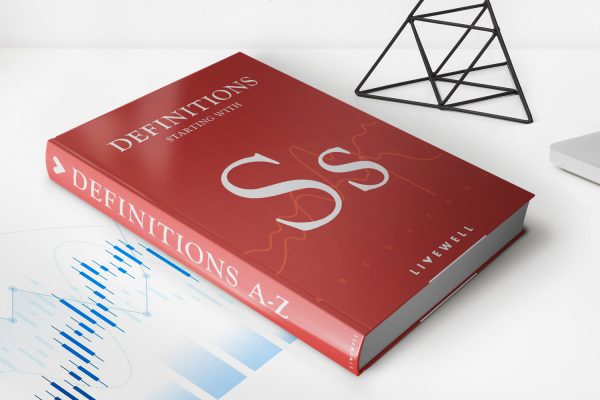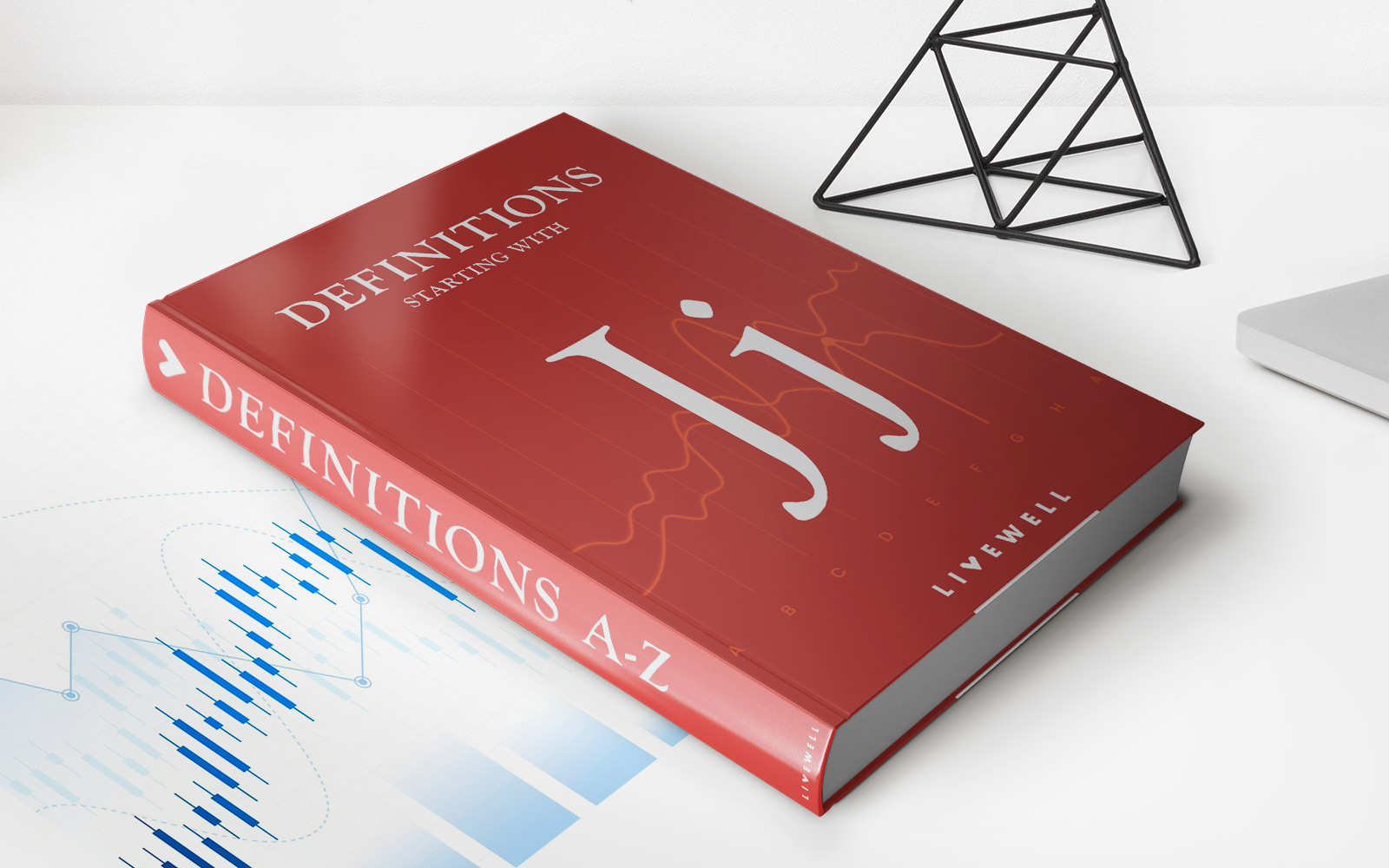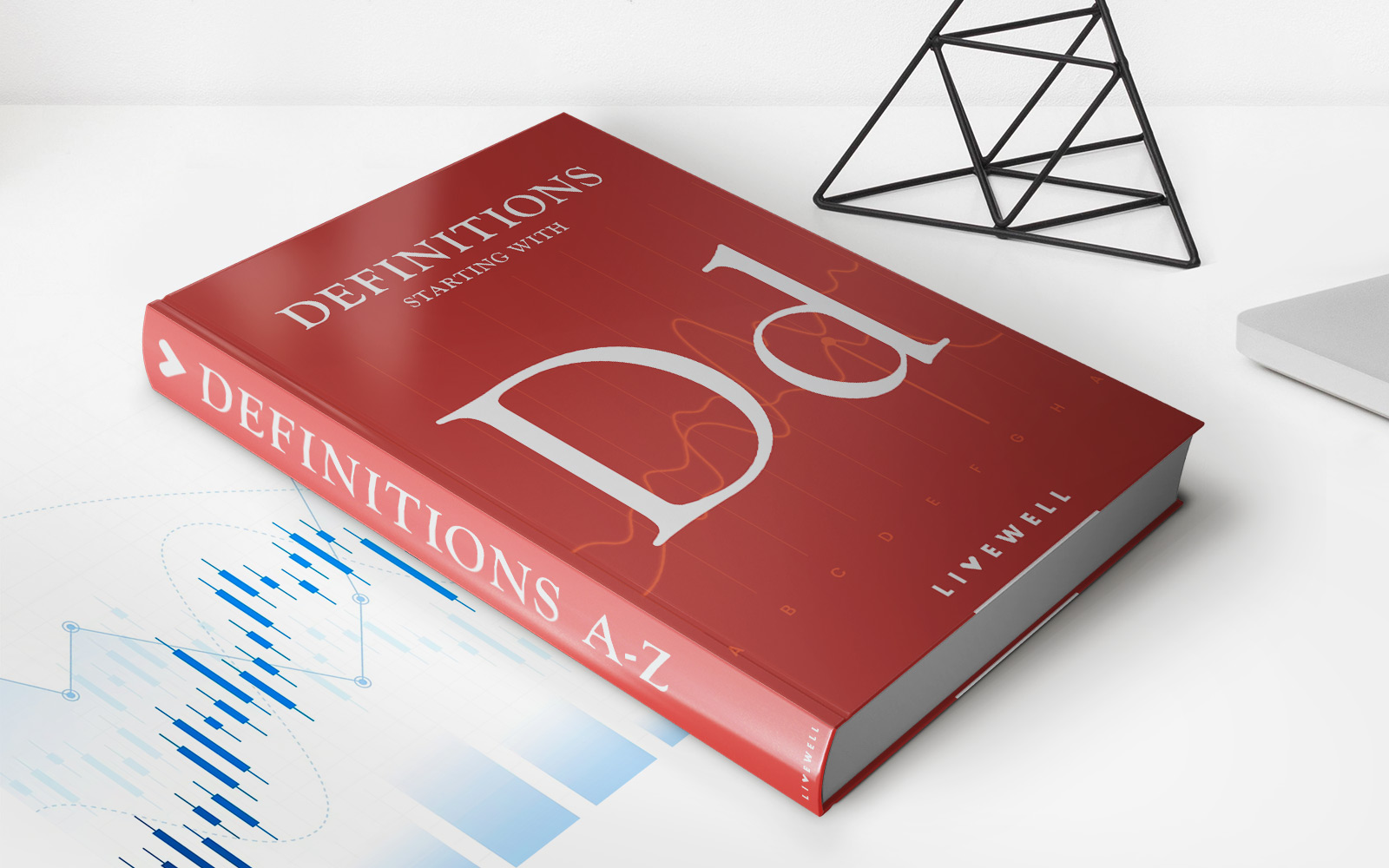

Finance
Graduated Vesting Definition
Published: December 1, 2023
Learn the meaning of graduated vesting in finance and how it impacts employee stock options. Explore the benefits and implications of this important concept.
(Many of the links in this article redirect to a specific reviewed product. Your purchase of these products through affiliate links helps to generate commission for LiveWell, at no extra cost. Learn more)
Understanding Graduated Vesting: A Comprehensive Guide
Welcome to the Finance category of our blog! In this post, we will delve into the world of graduated vesting and provide you with a comprehensive guide to help you understand this crucial aspect of employee benefits. If you have ever wondered about what graduated vesting is, how it works, and its importance, you’re in the right place! So, let’s dive right in.
What is Graduated Vesting?
Graduated vesting is a process by which an employee becomes entitled to receive full ownership of their employer-provided retirement plan or pension benefits over a specific period of time. It is a common practice for companies to use graduated vesting as a way to incentivize employees to stay with the company for a longer duration and thereby reward their loyalty.
Key Takeaways:
- Graduated vesting refers to the process of an employee earning full ownership of their employer-provided retirement benefits over time.
- It is commonly used by companies as a means to encourage employee loyalty and retention.
How Does Graduated Vesting Work?
When employees are enrolled in a retirement plan with graduated vesting, the vesting schedule determines how their ownership gradually increases over time. Typically, the vesting schedule follows a specified number of years of service, allowing employees to earn a percentage of their retirement benefits with each passing year.
For example, let’s say a company has a graduated vesting schedule of five years. During the first year of employment, the employee may earn 20% of their employer-provided retirement benefits. In the second year, they may earn an additional 20%, and so on. By the end of the fifth year, the employee would be fully vested, gaining ownership of 100% of their retirement benefits.
The Importance of Graduated Vesting
Graduated vesting is crucial for both employees and employers. Here’s why:
- Employee Retention: Graduated vesting encourages employees to stay with a company for a more extended period since the longer they remain, the more ownership they gain over their retirement benefits. This helps foster loyalty and reduces turnover rates.
- Long-Term Planning: It allows employees to plan for their financial future by ensuring they will have considerable retirement benefits if they commit to the company for an extended period. Graduated vesting helps them save and invest wisely, knowing that their efforts will be rewarded in the long run.
- Employer Benefit: For employers, graduated vesting acts as a retention tool, enabling them to retain experienced and dedicated employees. This helps reduce recruitment and training costs while maintaining a skilled workforce.
Conclusion
Understanding graduated vesting is essential for both employees and employers, as it plays a vital role in employee benefits and long-term financial planning. By following a vesting schedule, employees gradually gain full ownership of their retirement benefits, serving as a powerful incentive to stay with a company for an extended period. For employers, graduated vesting helps retain talent and build a loyal workforce. So, whether you’re an employee or an employer, embracing graduated vesting can lead to better financial security and stability in the long haul.














